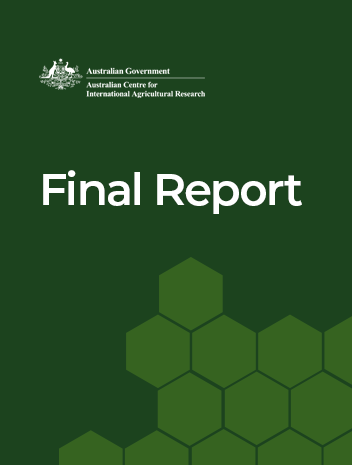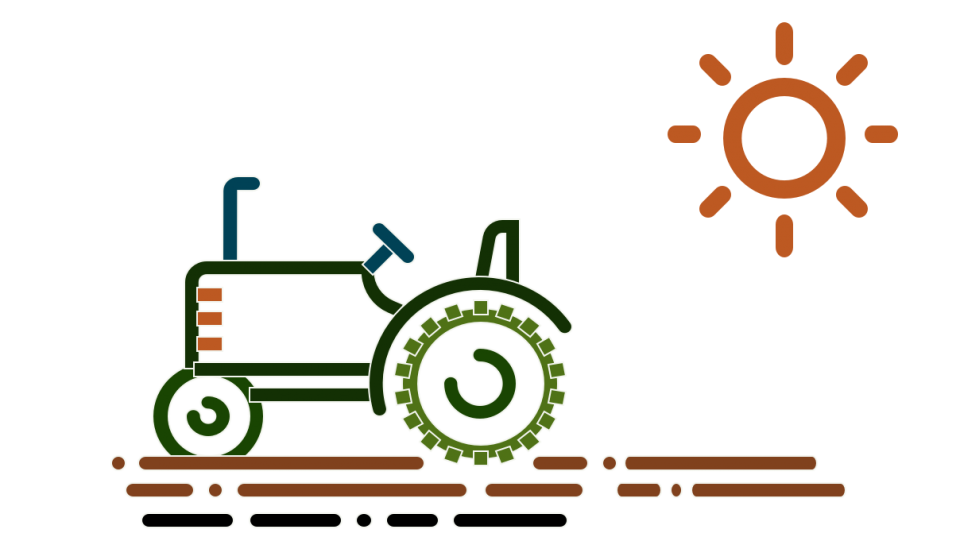Overview
This project aimed to understand why farmers take up entrepreneurial ventures, and to understand how climate change-related resource scarcity and shocks influence this decision.
Climate change-induced water scarcity and high salinity threaten the livelihoods of millions of farmers in India and Bangladesh. The agricultural sector's lack of structural transformation makes farmers more vulnerable to these stressors. This sector employs many people but contributes little to these country's GDPs.
Rural non-farming (economic activities not associated with farming) could improve farmer's lives. Over the past two decades, more farmers in India and Bangladesh have turned to non-farming, and now almost half of farming household incomes come from non-farming. More frequent floods, droughts, irregular rainfalls and higher temperature and salinity levels will make it difficult for poor farmers to improve their livelihoods.
Understanding why farmers turn to rural enterprise would help design better policy, and ensure that farmer's transition to non-farming was rapid and successful.
This project studied the livelihood choices (especially entrepreneurial choices) that climate-stressed farmers made in water scarce areas of West Bengal and Bihar in India, and in salinity-prone regions of south-west Bangladesh. It examined how householder's natural, physical, human, financial and institutional capital bases influenced the uptake, competitiveness and profitability of their entrepreneurial ventures and other livelihood choices such as rural labour and migration.
Project outcomes
This project sampled many climate stressed farmers in India and Bangladesh. It sampled 2,000 households in West Bengal and Bihar combined and 1,000 households in the Satkhira, Khulna and Patuakhali districts of South-West Bangladesh. Through an econometric analysis of the sampled data, the researchers were able to understand the livelihood choices that farmers make and the challenges they face.





